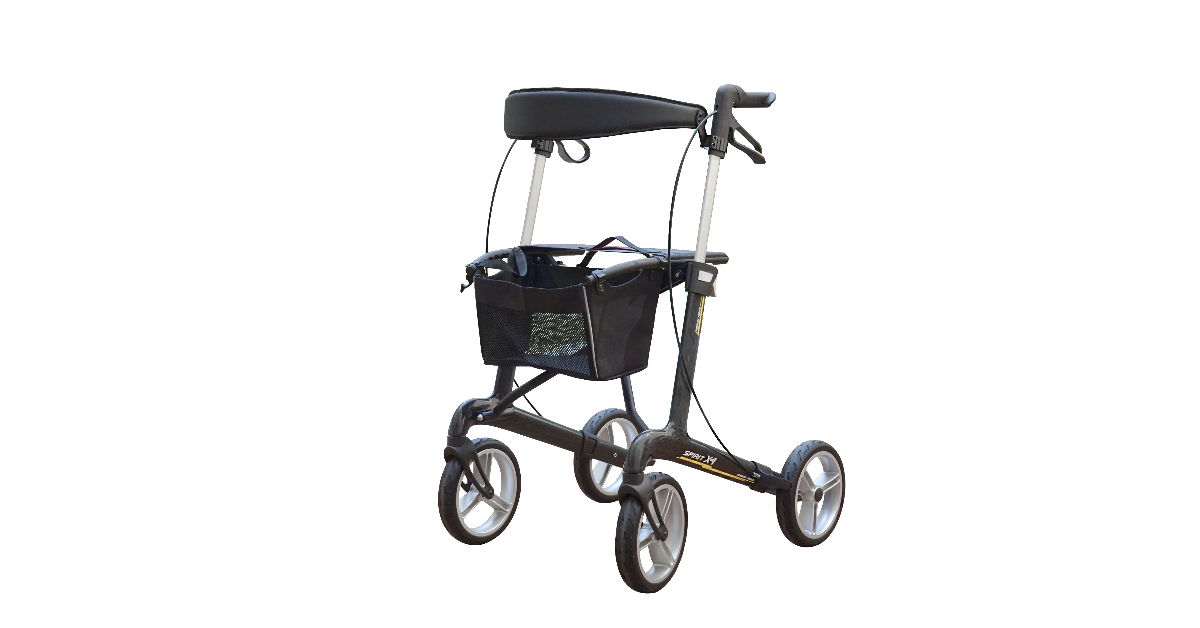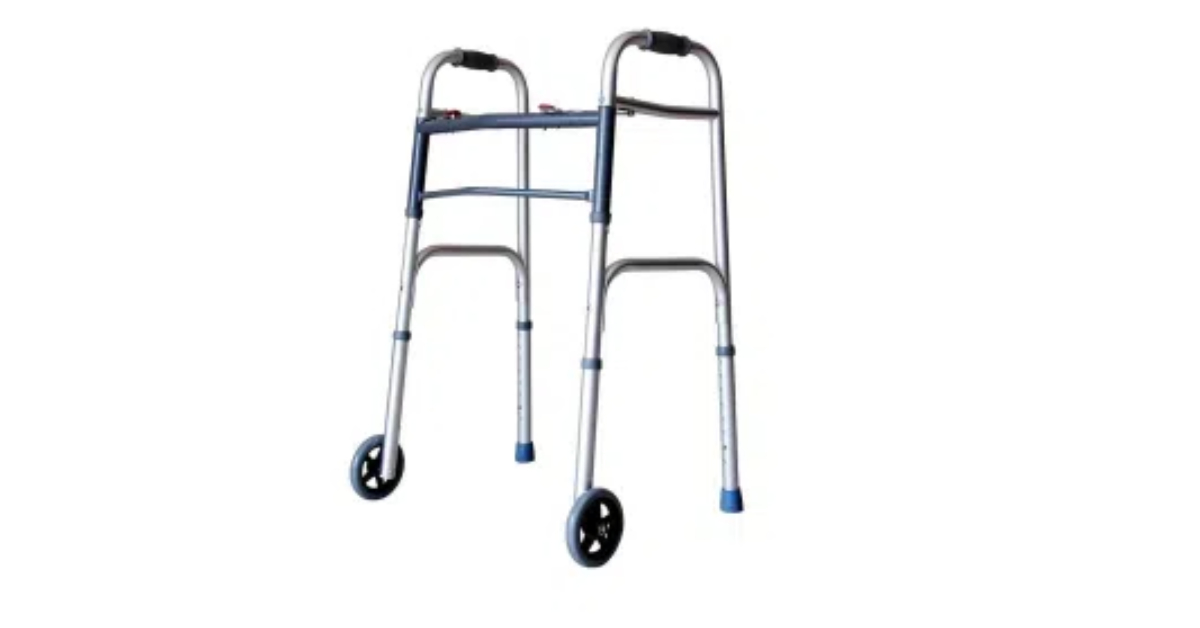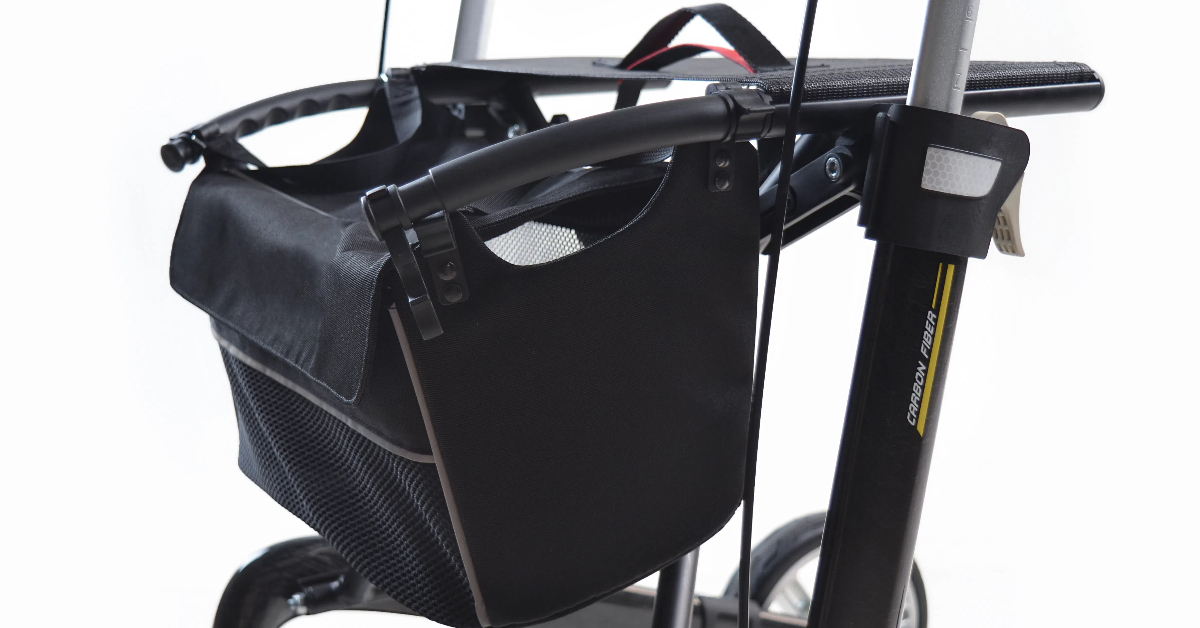Contact Us
Rollator vs. Walker: Key Differences You Need to Know
Mobility aids have become essential tools for individuals who face challenges in performing daily activities due to age, injury, or medical conditions. Among the most common mobility devices are rollators and walkers, both designed to support users as they navigate their environments. Understanding the distinctions between these two aids can guide healthcare professionals, caregivers, and users in selecting the most appropriate device to enhance mobility and independence.
Understanding Mobility Aids
What is a Rollator?
A rollator is a type of mobility aid equipped with wheels, allowing it to be pushed with ease. Typically, it has three or four wheels and feature handbrakes, which provide additional stability and safety while in use. The design often includes a seat, enabling users to rest when needed. Rollators cater to individuals who require support but also wish to retain a degree of independence, making them ideal for users with varying levels of mobility. The presence of storage baskets allows for the convenient transport of personal items, enhancing the user’s experience.

What is a Walker?
A walker is a more traditional type of mobility aid characterized by a frame with four legs that requires the user to lift it slightly as they move forward. Walkers offer excellent stability and support, however, they necessitate more upper body strength and coordination. Some walkers may come equipped with wheels on the front legs, known as wheeled walkers, providing an option for easier movement without completely losing the stability of a classic walker frame. Walkers are particularly beneficial for users who need a sturdy aid for balance and support during walking.
Core Differences Between Rollators and Walkers
Structural Differences
The structural differences between rollators and walkers are significant. Rollators feature a wheeled design, which facilitates smoother movement and agility, making them suitable for indoor and outdoor use. They are often built with lightweight materials, ensuring ease of transport. Walkers, on the other hand, predominantly rely on a four-legged frame that lacks wheels on the back, necessitating lifting during operation. This structural aspect of walkers makes them less suited for users who may struggle with lifting but offers greater stability for those who need solid support.
Functionality and Usability
In terms of functionality, rollators provide a versatile option for those who may wish to sit and rest during their walking sessions. The handbrakes offer greater control, allowing users to stop safely when needed. Rollators also tend to be more user-friendly for individuals with limited strength or endurance, as they require less effort to move. Conversely, walkers focus on providing maximum stability but require more physical exertion from users to maneuver. Users who prioritize stability over mobility may prefer a walker, but it can be limiting for those who wish to maintain a more dynamic lifestyle.
User Experience Considerations
User experience is another key differentiator. Rollators often enhance the user experience by incorporating features such as built-in seats and storage compartments, which are convenient for outings or extended periods away from home. The ability to sit easily and comfortably can significantly improve the user’s freedom and confidence. In contrast, walkers may lead to fatigue more quickly due to their requirement for lifting and balancing, which could limit the duration of use. Understanding the personal preferences and physical capabilities of the user is essential in determining which mobility aid will provide a more satisfying experience.
Choosing the Right Mobility Aid
Assessing Individual Needs
Selecting the appropriate mobility aid requires a comprehensive assessment of individual needs. Each user presents unique challenges, capabilities, and lifestyle preferences that must be considered. Factors such as physical strength, coordination, endurance, and overall health condition play a pivotal role in determining which mobility aid is more suitable. Additionally, understanding the user’s living environment, whether it’s a home with stairs or a flat setting, can influence the decision-making process. Personal preferences, such as the desire for a seat or storage options, should also be factored in to ensure the chosen device aligns with the user’s daily activities and comfort levels.
Consulting Healthcare Providers
Consulting healthcare providers is an important step in the decision-making process for choosing a mobility aid. Professionals, such as physiotherapists or occupational therapists, can provide valuable insights into the user’s physical capabilities and challenges, helping to identify the most suitable option. They may conduct assessments that look at balance, strength, and gait patterns to determine which mobility aid would improve the user’s functional independence. Furthermore, healthcare providers can offer guidance on proper usage and benefits of each device, ensuring that users can utilize their mobility aids safely and effectively.
Benefits of Trying Before Buying
One of the significant advantages of mobility aids is the possibility of user trials before making a purchase. Many suppliers and medical equipment stores offer the option to test various devices, allowing individuals to experience firsthand the differences between rollators and walkers. This trial period can reveal ergonomic comfort, ease of use, and the practical fit of the device in the user’s daily life. Trying out different models can provide vital feedback, helping users and caregivers assess which mobility aid meets their specific needs and preferences, ultimately leading to a more informed purchase decision.
Role of INTCO Medical in Providing Quality Mobility Solutions
Overview of INTCO Medical
As one of the famous brands in the production and manufacture of medical wheelchairs and mobility scooters, INTCO Medical is a high-tech manufacturing company committing to R&D, production and marketing of medical consumables and durable medical equipment with main business covering medical consumables, rehabilitation equipment, physiotherapy care, etc.
Up to now, with a good product reputation, INTCO Medical has been exported products to more than 120 countries and regions in America, Europe, Asia, Africa and Oceania, which is providing practical products and high-quality services to over 10,000 clients.
Jiangsu Intco Medical Products Co., Ltd, a branch of Intco Medical, focuses on the research, production, and marketing of rehabilitation equipment and therapy products. We specialize in manual and electric wheelchairs, mobility scooters, transfer machines, walking aids, commode chairs, and canes. With hundreds of automated machines, we can produce 1,000,000 manual wheelchairs and 100,000 electric wheelchairs annually, serving over 66 countries and regions worldwide.
Commitment to Quality and Innovation
INTCO Medical’s commitment to quality and innovation is reflected in their rigorous design and production processes. Each mobility aid undergoes stringent testing to ensure durability and safety, addressing the varying demands of users. INTCO roller is the first choice for individuals who value a high-quality lifestyle, perfectly blending exquisite design and outstanding functionality. The emphasis on details and the study of innovation greatly enhance the competitiveness of the product. We continually seeks to innovate, utilizing feedback from healthcare professionals and end-users to enhance our mobility products over time. INTCO Medical understands that a mobility aid can significantly impact a user’s quality of life, thus ensures that our offerings not only meet but exceed industry standards, allowing individuals to navigate their environments with confidence and ease.
Conclusion Remarks on Rollator vs. Walker
In drawing a conclusion on the comparison between rollators and walkers, it is evident that both mobility aids serve distinct purposes tailored to meet the varied needs of users. Rollators emerge as a multifaceted option, ideally suited for individuals who prioritize ease of movement and comfort, especially when extended outings may be required. On the contrary, walkers can provide an effective solution for users who require robust stability during walking. Their design, focusing on sturdiness, positions them as an effective choice for individuals seeking support during mobility without the additional features offered by rollators.
Ultimately, the goal of mobility aids, whether rollators or walkers, is to enhance the quality of life for users, enabling them to engage in daily activities with confidence and safety. By navigating the choices thoughtfully, individuals can embrace their mobility journey better, fostering a sense of independence, comfort, and safety in their everyday movements.





